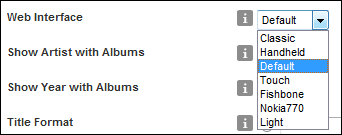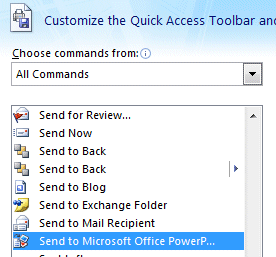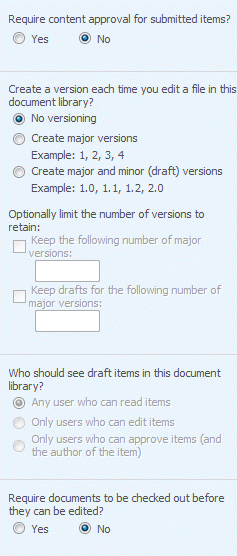I read Becta’s report on Vista and Office. Becta is a UK government agency supporting IT in education. The report is a ponderous affair and tells us that XP still works, so why bother with Vista; and that Office 2007 saves by default in a tiresome new format that few other applications can open; and that free office suites like Open Office work well so why pay for something else?
All this is fair enough; but I’m surprised that Becta didn’t spot a couple of other things. One is that Office 2007 can easily be set to save by default in the old Office binary formats that pretty much everything can read. The other is that while ODF is indeed an ISO standard, it is also pretty awkward from a compatibility point of view.* So I’m surprised by this recommendation:
When specifying new systems, schools and colleges should normally insist on the desktop having access to office productivity software that is capable of opening, editing and saving documents in the international standard ODF, and setting it as the default file format.
I suppose the idea is that if kids come home with their homework on a USB key and find that their documents will not open on the home PC running Microsoft Office, that they just download and install Open Office. Fair enough I suppose; but why not just use .doc and .xls?
The report adds:
Becta did not conduct technical assessments of the merits of either the existing international document standard (ODF) or the proposed second international document standard (OOXML).
There is however a lengthy discussion of the inadequacies of the half-baked ODF converter add-in which Microsoft has sponsored. I agree; but I’m not sure why it merits so much space.
I would have found it interesting to see a bit more examination of the merits or otherwise of the ribbon UI in Office 2007; better, worse, or indifferent for education? What about overall usability and functionality versus Open Office? It would also have been good if Becta had considered the large market share Microsoft Office enjoys, especially in business. Like it or not, it is relevant to this discussion.
I didn’t see much attention given to security, which is perhaps the biggest single reason for adopting Vista versus XP (it could also be a reason not to use Windows at all). This is not only a matter of Vista being more secure, if it is, but also that it aims to fix the insecurity of Windows long-term by fostering well-behaved applications that will enable future versions of Windows to be more tightly locked-down. Not interesting in education? I’m surprised, since when I talk to IT people in education, security is one of their chief concerns.
I find myself wondering whether this is really a document aiming to offer wise and objective guidance to schools, or a more polemical report promoting ODF and open source in education.
I reckon there is a good case for promoting open source in education. However, considered as a report on Vista and Office 2007 this is a poor effort.
*PS: It is interesting to see what Asus has done with its Eee PC, which actually gets an oblique mention in Becta’s report:
We have also noted the emergence of low-cost innovative ‘mini-notebooks’ that have been brought to the market running a version of Linux and a range of Linux-based applications including OpenOffice.org.
On my review Eee, which was supplied by RM for the education market, Open Office is set to save in the Microsoft formats by default. I imagine that Asus wanted to make the Eee fit seamlessly into a Microsoft environment if necessary. It must have been a conscious decision, since an untweaked Open Office install uses the Open Document formats by default.




